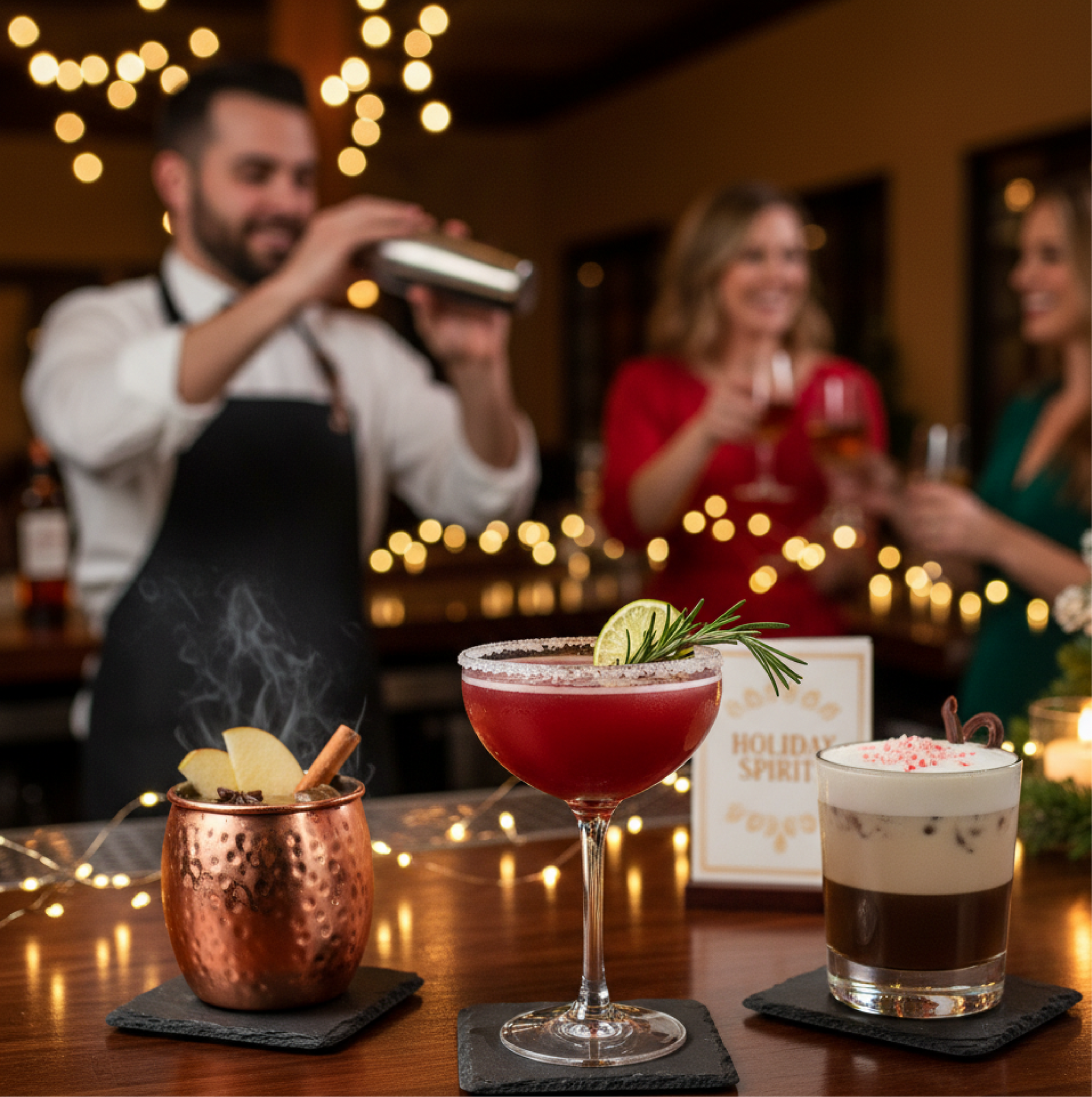Blog
Boost Your Restaurant Business with Geo-fencing
Tips for a successful geo-fencing marketing campaign

Are you a restaurant owner or manager looking for ways to attract more customers and increase sales? Look no further than geo-fencing! This location-based marketing technique uses GPS or RFID technology to create a virtual boundary around a specific area, such as your restaurant’s location. In this blog post, we’ll explore how geo-fencing can help your restaurant business and provide tips for implementing this strategy effectively.
Geo-fencing is a technology that allows you to set up a virtual boundary around a physical location, such as your restaurant. 1 When a customer enters or exits this boundary, they can receive targeted messages or notifications on their mobile devices. This technology can be used to engage customers, drive traffic to your restaurant, and boost sales.
What are the Advantages of Geo-fencing?
Geo-fencing allows you to effectively track the marketing you are doing for your restaurant by using advanced attribution reporting. This marketing technique targets your audience at every stage of their journey to buy something. This process extends to repeat customers as well by targeting them through awareness, consideration, conversion, and re-conversion. Showing them mobile ads and short commercials on streaming platforms will also increase interest.
How does Geo-fencing for Restaurants Work?
Sets up “target zones.” These are places your customers go regularly, such as grocery stores and local businesses.
Uses GPS technology to market to those who enter your target zones. You can do this by showing them action-oriented banner ads and unskippable short commercial ads on streaming platforms.
Tracks this progress with Conversion Zones, which are a powerful tool for tracking online to offline conversion in mobile restaurant advertising. They measure how many of the customers you attract came from your geo-fencing campaign.
How can Geo-fencing Help Restaurants?
Geo-fencing can be a powerful tool for restaurants to attract new customers and increase sales. Here are some of the benefits of using geo-fencing:
With geo-fencing, you can send targeted messages to customers who are in the vicinity of your restaurant. For example, you can send an exclusive offer or coupon to customers who are within a certain distance of your restaurant.
Geo-fencing can help drive foot traffic to your restaurant by alerting customers who are in the area about your restaurant’s specials, promotions, and events. 2
3. Improved Customer Experience
Geo-fencing can also be used to improve the customer experience by providing personalized messages and offers that are tailored to their location and preferences.
Examples of How Geo-fencing Works:
1. Targets Competitors, Employers, Points of Interest and Local Neighborhoods
This is done when an ideal customer walks into your competitor's location and through their smartphone, you can capture their mobile ID and show them your restaurant-related content.
2. Serve Mobile Ads, Video Ads and Audio Ads
After the previous action has taken place, the customer eventually returns home and connects to their Wi-Fi, which opens a portal to all their other electronic devices in their home. From here, you can target them with banner ads and 15-30 seconds of unskippable CTV advertisements. CTV advertisements are affordable, highly-targeted, unskippable streaming TV commercials. These can be shown when a customer uses their laptop to visit your restaurant’s website or to a customer whose mobile device shows that they have been to see your main competitor.
3. Watch Walk-in Surge to Your Restaurant
The customer will remember seeing all these ads and then will decide to try out your restaurant. Once they do, their mobile ID will register as a new customer.
Tips for Implementing Geo-fencing in Your Restaurant
If you’re interested in using geo-fencing to boost your restaurant’s business, here are some tips for implementing this technology effectively:
1. Define Your Target Audience
Before you start using geo-fencing, you need to define your target audience. Who are the customers that you want to attract to your restaurant? Once you have identified your target audience, you can tailor your messaging and offers to their preferences.
2. Create Compelling Promotions
To attract customers to your restaurant, you need to create compelling offers and promotions. Use geo-fencing to send exclusive offers to customers who are in the area.
3. Choose the Right Geo-fencing Platform
There are many geo-fencing platforms available, so it’s important to choose the one that best fits your restaurant’s needs. Restaurantgeofencing.com is a great platform to consider, as it offers a user-friendly interface, powerful analytics, and customizable messaging options.
4. Monitor and Analyze Results
Like any marketing strategy, it’s important to monitor and analyze your geo-fencing results. This will help you identify what is working and what needs improvement. Use the analytics tools provided by your geo-fencing platform to track customer engagement, foot traffic, and sales.
Geo-fencing can be a game-changer for restaurants looking to attract new customers and increase sales. By using the tips outlined in this blog post and choosing the right geo-fencing platform, you can leverage this technology to drive traffic to your restaurant and improve the customer experience.
Do you want to learn more? Contact us for more information on how geo-fencing is built into a holistic marketing plan for restaurants to get results.











